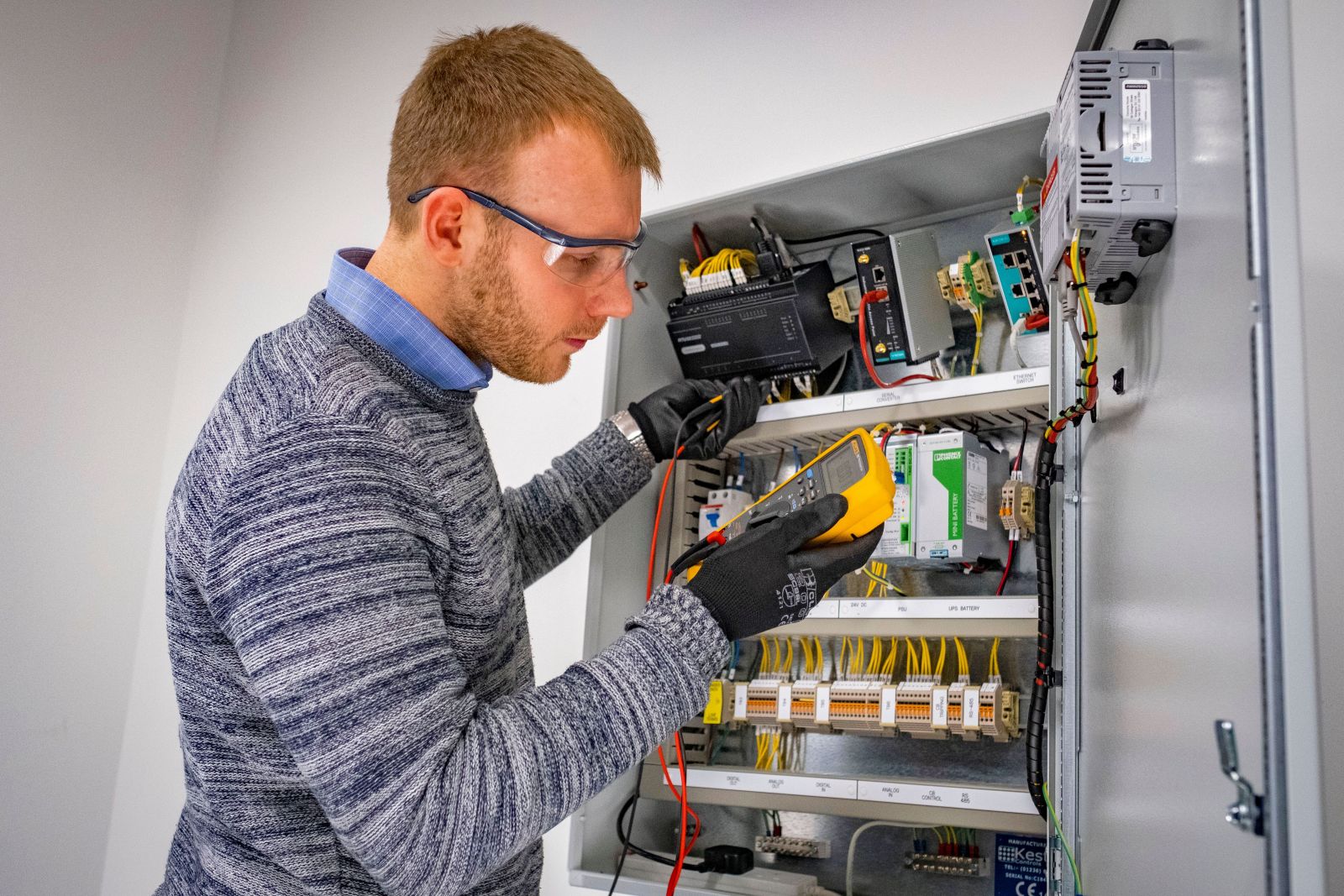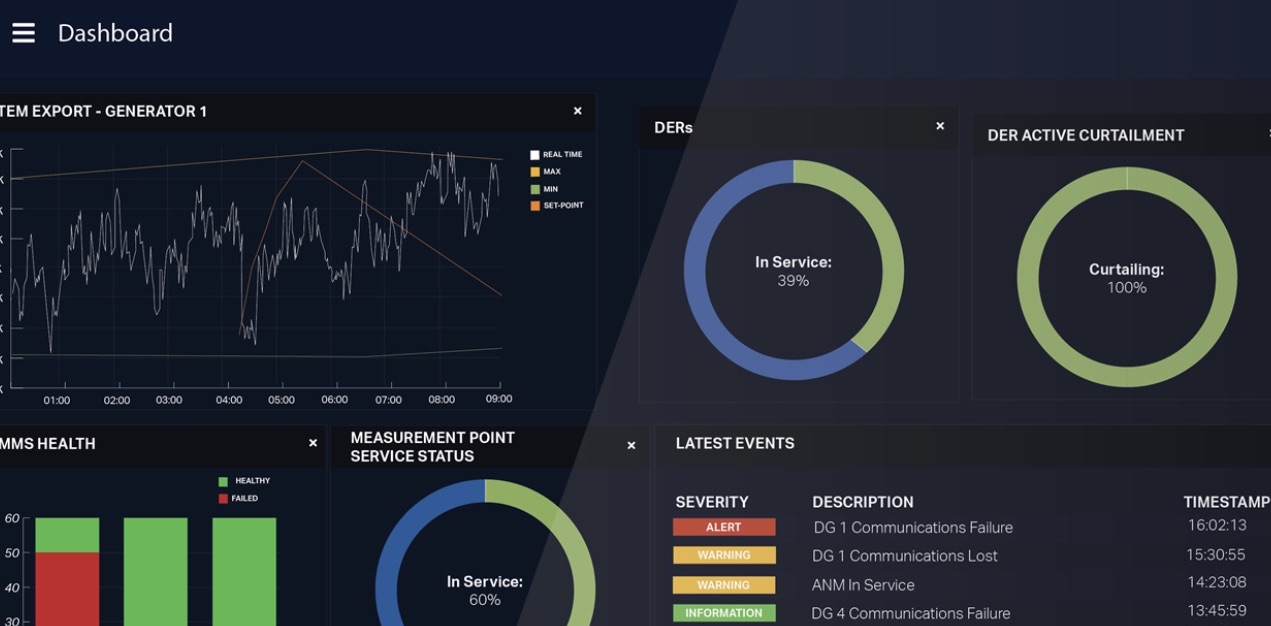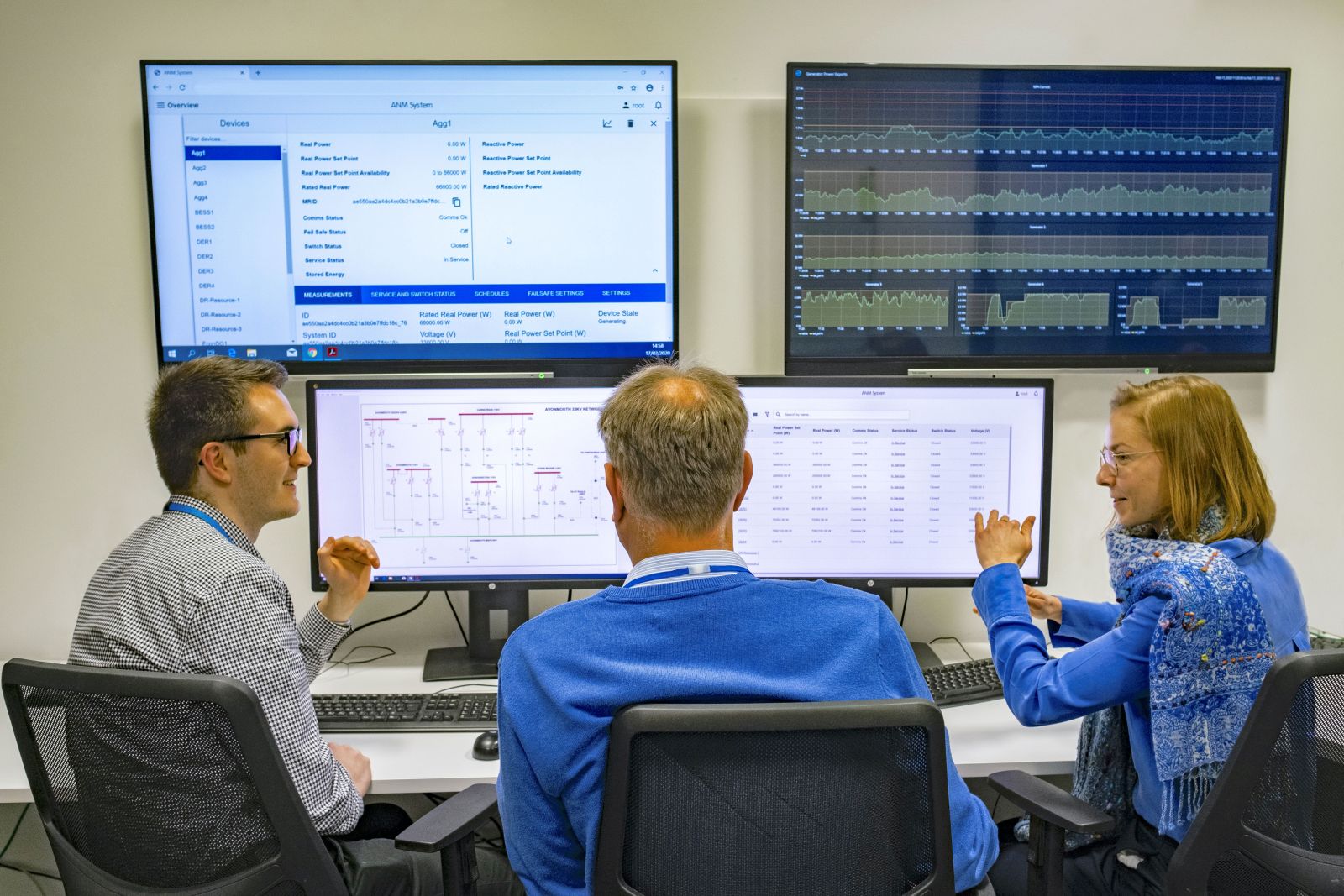How DER Management will Help Drive the Clean Energy Transition
Technology R&D and business innovation are key drivers of the clean energy transition, along with supportive policy, smart finance, and collaboration across relevant stakeholder groups.
There have been amazing strides forward in the availability, performance, and costs of low carbon technologies and the means of their deployment as effective clean energy system assets.
The systems that integrate energy assets to grids, and enable their operation in markets, are particularly important in realizing the full value and growth of distributed energy resources (DER). These DER Management Systems (DERMS) enable cost efficient operations and scalability through volume replication of energy asset deployments and business models.
 Main applications of DERMS:
Main applications of DERMS:
Utility DERMS enable faster and less expensive interconnection, providing benefits to DER developers and operations. Utility DERMS also deliver grid management functions that harness the benefits of DER in the grid, while protecting against the potential downsides on supply continuity, supply quality, and public supply network and asset protection.
Fleet DERMS manage the operation, customer, and commercial exploitation of distributed energy opportunities by providing fleet wide visibility and controllability of diverse and geographically distributed energy assets. Customer interactions, market integration, and operating schedule optimization are key functions of Fleet DERMS that enable DER asset owners to deliver their business goals.
Microgrid applications of DERMS enable the grid and market interactions of energy assets in grid-connected and island operating modes, while ensuring that the primary resiliency goals can always be delivered. Grid Edge components of DERMS implementations provide the energy asset integration to Utility, Fleet, and Microgrid DERMS (as well as local, on-site capabilities, and data services).
Real-life examples of DER management R&D and its impact
Major milestones have been reached as a result of R&D in DERMS technology. In the UK, applications of Utility DERMS have provided flexible distributed generation grid connections for distribution network operators, releasing more than $300 million of investment, and leading to the interconnection of over 425MW in renewable and other clean energy assets - with the additional value of network operator reported capital expenditure savings of $150 million from avoided grid upgrades.
Recently published analysis illustrates the value of connecting more renewable energy assets and batteries to its grid, as well as the role of DERMS in delivering other advanced network management functions: auto-switching, transmission system interactions, system services delivery.
R&D and innovation programs include a focus on energy storage optimization. DERMS deployments can create the bridge between battery assets and the targeted on-site value streams, grid services, wider system operation, and market revenue streams. Managing the growing and complex stack of possible battery revenue streams requires sophisticated operational analytics - all of which is implemented with DER device scheduling and control.

There is significant potential for unique value stacking and enhancing applications of Fleet DERMS capabilities; delivery of a further application of Fleet DERMS, in the shape of an "energy as a service" platform, offers product capabilities for energy service companies to manage their own and customer clean energy assets, securing site, grid, and market revenue streams.
Heavier investment in electric vehicles (EV) will require a vast increase in the number of charging points connected to the power network. Already, some projects are delivering a range of EV smart charging approaches from the same utility DERMS platform as other flexible generation interconnection use cases - coordinating the delivery of multiple smart, flexible, clean energy applications from a single platform. A combined conventional/smart grid investment approach has been shown to minimize costs while ensuring adequate charging capabilities.
The potential for the growing DERMS landscape
The impact of DERMS R&D on clean energy developments and the business of utilities, DER fleet operators, and microgrid providers is becoming ever more apparent in the trend of energy decarbonization, decentralization, and digitalization. The next steps in further R&D should look to integrate electric heating and alternative fuels (such as green hydrogen) into the grid. Innovation and applied R&D in the DER management space need to be carried out in partnership with energy market participants, grid operators, technology companies, and government agencies, amongst others. This has been a feature in achieving the big strides forward in DER management and value creation to date, and reflects the multi-faceted nature and integrated systems approaches required.

To deliver the true potential of connected and optimized energy assets requires smart finance. That, in turn, requires mature technological solutions that reliably deliver the enhanced value from DER that financiers can trust and back. Policy and regulation also need to see the outputs of past R&D applied to the real issues of the clean energy transition. This provides the essential inputs to further policy, and the instruments to underpin the scale up and roll out of the smartest, most cost-effective means of greening the energy system.
The scene is now truly set for the exploitation of existing DER management R&D to deliver dial-shifting impact. Additional, well-targeted innovation programs are needed to further enhance the visibility, controllability, and market integration of DER assets to deliver the multiple value streams planned.
Dr. Graham Ault is Co-Founder and Executive Director at Smarter Grid Solutions, a software company that provides technology that allows distribution utilities and owner/operators to interface DER to both markets and networks.
Smarter Grid Solutions | www.smartergridsolutions.com
Author: Dr. Graham Ault
Volume: 2020 November/December








